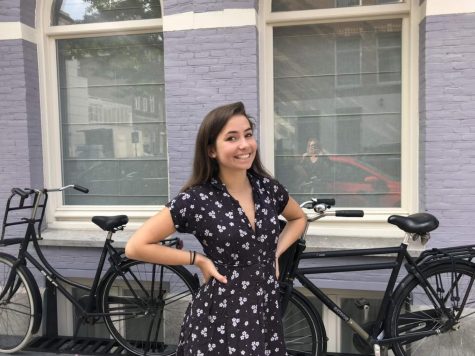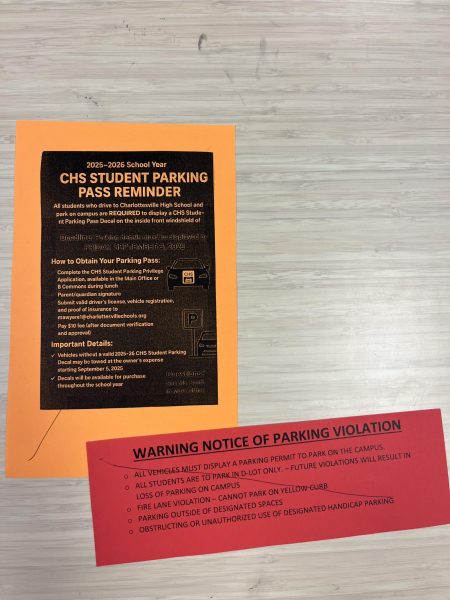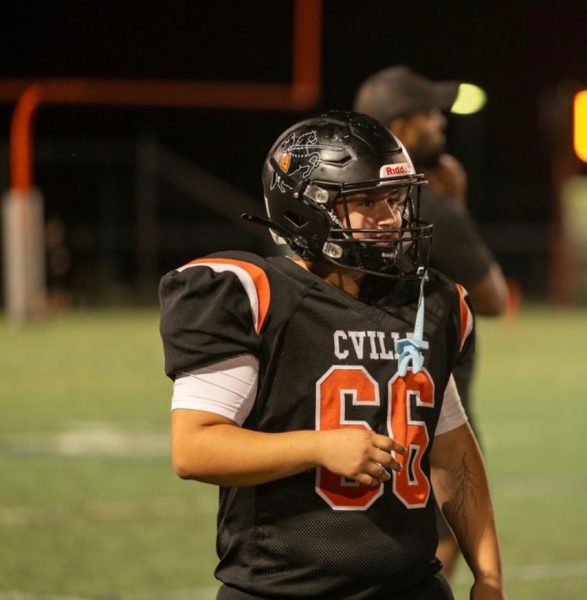Community Reflects on Educational Experience
On August 11th and 12th, 2017, the entire community of Charlottesville was impacted when white supremacists rallied in the streets of the city and a counter protester was killed. The events exposed deeply hidden fissures in the society of Charlottesville, forcing everyone to take a deeper look at the city’s history, and its impact today. One of those reflections presented itself in the form of an article in the New York Times, profiling two Charlottesville High School students and outlining an issue of racial inequity in the Charlottesville school system.
The article summarizes how students in Charlottesville are often put on separate educational paths due to fundamental systemic barriers, such as elementary school zoning and early education opportunities, a major culprit being the QUEST program. From then on, students are “tracked,” setting them up for different educational careers when they reach high school, creating disparities between white and black students in higher-level classes and resulting in lower achievement rates for students of color.
“Separating students at a young age is in the bones of the system, and that is one of the barriers to achievement. Tracking students beginning in elementary school immediately expects less of them,” said a community member during one of the multiple community forums hosted by the school system since the publication of the article.
The New York Times article, titled “You’re Still Black”, had significant reactions and repercussions in the community of Charlottesville.
One student said “I was glad that someone was talking about this problem but I was surprised by the statistics and facts I read in the article.”
Another said, “The article made me notice how many people in our community are unaware of racial inequity or are unwilling to admit how bad our problem is.”
“I realized that equal chances are not given to all at an early age and it greatly affects our future ability to grow and flourish,” said a third.
One of the main things the article caused many students at C.H.S. to notice was the disparities of black and white students in AP and honors classes, which has adverse effects on all students’ education.
“The divide between honors and academic students does seem to be overly race-based,” said one student.
“To not have peers that look like you in your classes makes it all so lonely,” said one student of color.
Others felt similarly, but also questioned whether the article represented the entirety of the the issue, the school system, and the broader student experience.
“I feel like the article gave the school a bad name. This is a school that is really diverse and tries really hard to make it working community, and I believe there should have been more credit given to the school. Not a lot of students can say that they have the experience of going to such a diverse school.”
Many questioned the approach the article took. “I think that the huge statement discussing everything that was wrong with few statements about feasible solutions wasn’t the best way to discuss the topic,” said a student.
Many students also attested to the fact that the article didn’t touch on things that the school is doing to help solve this problem, such as the AVID program, unleveled classes, and the effort teachers make to help students achieve academically.
To many, the article was perceived as an inaccurate representation of C.H.S. itself, blaming the high school for the issue instead of the deeply hidden systemic barriers that begin long before students high school education. People agreed the article should have been less about Charlottesville High School and more about how the fundamentals of the school system, starting with the nurturing and the resources offered to students as early as elementary school, leads to these disparities and inequities in high school.
One student said “I believe that the root of the problem stems from issues out of the school’s control. The school came off poorly in the article because that was not made clear, and it only focused on people within the high school, not throughout the whole school system.”
Students also felt as though their experiences within the school system weren’t entirely represented, and that the two profiles given, although truthful, did not show the full picture and range of experiences in Charlottesville or give a complete picture of the broader racially oppressing system.
“One of the most common responses I’ve heard from my peers regarding the article is that nobody feels like the students profiled represented them and their experiences, and more people should have been interviewed to give a more accurate view of our school. I come from a different background, yet I am still in AP and honors classes. The article didn’t show how many other great opportunities there are at the school,” another student said.
“I watched people, black and white, be put into QUEST classes as well as academic classes and I think that the issue isn’t one of racism but one of class structures. While African Americans tend to make up the majority of the lower classes, I don’t think that the whole issue revolves around race,” said a student.
“I’ve been moved through a lot of high schools, and I feel that especially at C.H.S. students are encouraged to work hard and achieve no matter their color or where they come from.”
However, some students felt they could relate to what the article was describing. Zyhana Bryant, one of the students profiled in the article, stated “The things that I said were my experience and the experience of many other black students who are currently in CCS and of those who have passed through. There is an issue with the way that we compare, treat, and impose expectations of students of color. From a young age, black students like myself are taught to settle. We are taught that all we need to do is pass and graduate, but we are never truly taught to dream and have big ideas.”
One student related to the biased districting of elementary schools in recent years. “When I was entering kindergarten, the city tried to district me for Burnley Moran Elementary, even though I was clearly zoned for Venable. My family had to fight to get me into Venable even though I only lived a few blocks away. Along from this, I remember being one of the only colored kids in my class.”
“A lot of my white peers had opportunities when they were younger that we black students never got. Many of my white peers knew they could get good grades and go to college because their parents were there for them to help them and support them, while a lot of black students live in single parent homes and just don’t have the money to go to a good college. That’s not directly because of our race, but that’s the way it is. It makes us feel as if we’re lacking as students, and I think that that’s where our counselors and teachers don’t really help the black students the way they help our white peers. In a lot of my honors classes, there are only two or three other black students, and sometimes it does feel as if we’re put on a lower level, and we have to prove ourselves to get to that same level. I don’t appreciate it, but I feel like it’s understood that this is an issue and it’s being worked on,” said a student of color.
When asked what students think should be done to solve the issue, a few stated that they didn’t think there was much to solve. Others offered ideas for action. “We need to look at the numbers portraying the issues, reach out to the communities affected, and make needed adjustments,” said one student.
Some proposed that the problem needs to be fixed at the lower levels. “The city should find ways to desegregate the elementary schools and invest more money in elementary schools in majority-black neighborhoods. At the high school level, not as much can be done, but guidance counselors and administration should be more encouraging to let black students take more challenging classes,” another student said.
Others simply offered a change in perspective and attitude. “Every student needs to be treated as if they have the same potential, regardless of their color, their abilities, or where they come from.”
“A lot of history happened in Virginia, and I feel like we have to think about the history before blaming it on a community. Solving this issue takes time because everyone has a different opinion, but we all have to have open minds about race and about this issue, because a lot of things have changed drastically in our community recently. We are still trying to live with our history and change from it. So let’s work on it and stop talking about it,” concluded a student.
To learn about the administration’s response to this issue, read “Admin. Considers Action.”
Donate to support the budding student journalists of Charlottesville High School! Your contribution will allow us to provide unique content to members of our school community such as print issues, special segments of our news program, and fun events; as well as keeping this useful site up and running. Anything helps!






